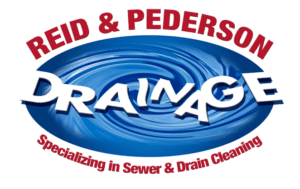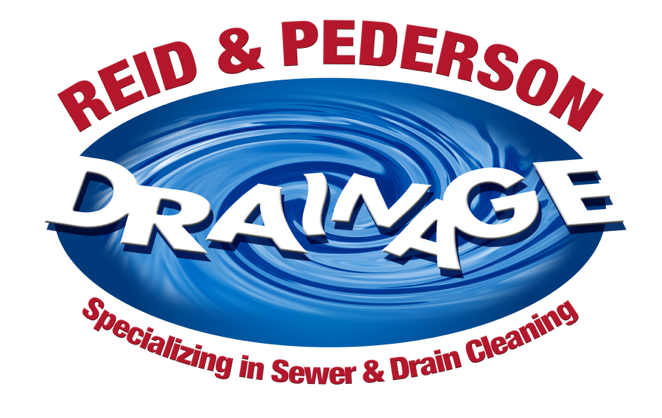The EPA estimates that a single person turns 50-70 gallons of water into sewage every day. The early history of sewers and sewage treatment is quite fascinating and really makes us thankful for the systems we have in place today!
The First Drainage Systems
By 3200 BC, inhabitants of the Orkney Islands in Scotland devised small “niches” with holes that drained underground, the earliest evidence ever found of drainage systems. Most civilizations of that time (Mohenjo-daro in modern-day Pakistan, Babylon and Eshnunna in modern-day Iraq, Crete and Egypt) recognized that human waste must be dealt with so they developed rules in regards to sanitation. Other civilizations, such as Greece and Rome, also devised ways to deal with waste, however, were less strict with their rules. In fact, it was common for residents in these cities to simply throw their waste into the street!
The Dark Ages
The Middle Ages brought the fall of the Roman Empire and with it, concepts of basic sanitation and sewer systems fell too. During the “Dark Ages”, a prevailing thought was that uncleanliness equaled godliness. As such, people, homes, towns and waterways became extremely polluted.
Larger European cities, such as Paris and London, became permeated with stench and filth. Cesspits and cesspools were common and people literally relieved themselves whenever and wherever they wanted. Public latrines were erected to try to stop the problem and an immediate solution became necessary when a series of cholera outbreaks erupted in the 1830s.
Sewage, Bacteria & Disease, Oh My!
Improvements were made but there was still much unknown about sewage and the dangers it posed to humans. It wasn’t until the mid-1800s when the link between bacteria and infectious diseases became more understood, thanks to Louis Pasteur, a French biologist who pioneered the study of diseases and their prevention.
In 1858, London experienced the “big stink.” With a population of nearly three million people dumping their waste into the Thames, the river did not have a strong enough flow at low tide to properly move it. The result was a huge cesspit of human waste left to bake in the sun. With such an unbearable stench permeating the city, Parliament finally decided it was time to develop a better system to move the waste out of the city.
A New Type of Sewer System
After a fire destroyed half of the city of Hamburg, Germany in the 1840s, officials there designed and implemented a new sewer system. With vents through roof drains of buildings and a flushing system to clean the system once a week, this totally new type of sewer system became the model for sewer systems in major metropolitan cities across the world, including London. In fact, Chicago was the first major American metropolitan city to design and install a comprehensive sewer system!
Modern Sewer Systems – Thank Goodness!
Today, we are blessed with modern sewer systems and treatment methods that ensure we remain safe and healthy. If your sewer does backup, however, one simple phone call (to us!) will clear up your problem fast and get you back to enjoying your life – and thanking your lucky stars for the modern technology we enjoy today!


